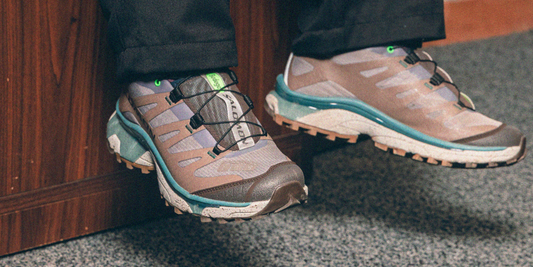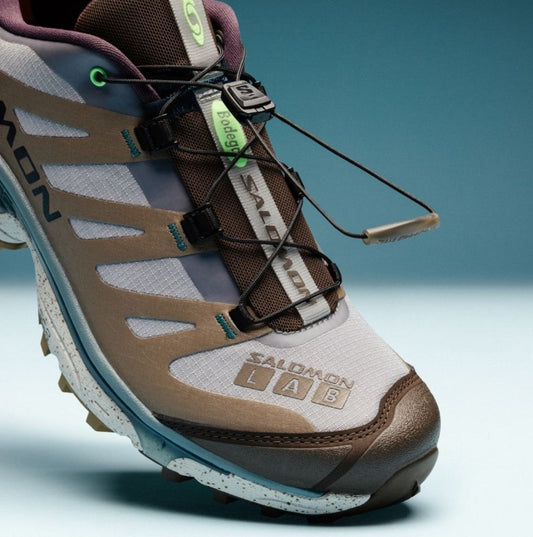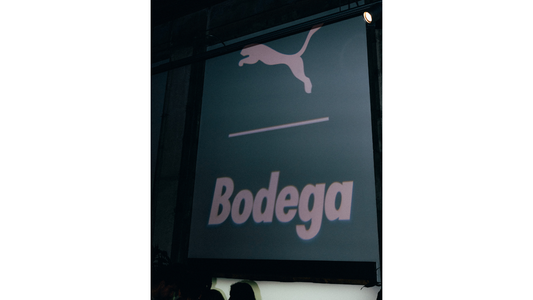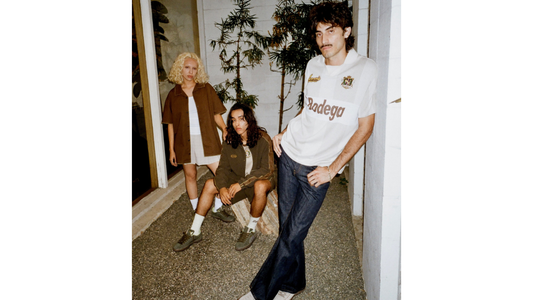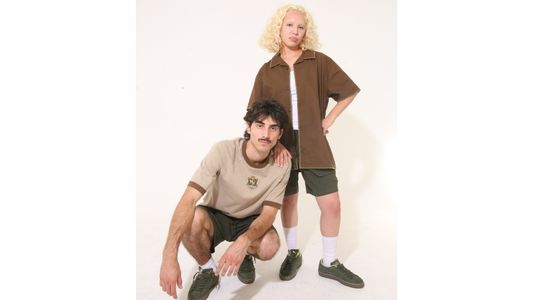When a subculture becomes as far ranging as punk, and subsections within the larger subculture develop, there are bound to be differences in interpretation. Still, it seems odd for anyone to claim, as is too often the case, that fashion and punk are not compatible. Fashion is a part of every youth subculture, but there are few, if any examples of fashion being so integral to a movement’s central ethos as it was to punk.
The 1970s are, generally, not remembered fondly in terms of fashion. In the UK, the sartorial disaster zone was downright critical. It’s entirely possible that David Bowie, Brian Ferry and Marc Bolan were the only people in the country who managed to get through the first half of that decade unscathed. Although, the number of people who attempted to look like David Bowie whilst suffering from the significant handicap of not being David Bowie, was a major contributor to the fashion woes of the time. Elsewhere, conventional hippie markers like unstyled long hair, baggy army surplus jackets, and incorrectly fitting pants like bellbottoms and flares were still common. Those who looked to athletic heroes for inspiration came back with distressingly wide sideburns and hair that was, somehow, both lank and voluminous at the same time. On the other end of the spectrum, Rod Stewart’s plaid suits, collars wide enough to land helicopters on, and bubble perms passed for style. To make a long story short, it was a mix of the dour and the ridiculous.
Hair was the first thing to go. The 60s leftovers and 70s tragedies were replaced by the most intentionally gruesome homemade coiffures available. Hair was hacked, cut, and shorn off, seemingly at random, although the more stylishly aware did have a method to their madness. A hairstyle seems like, in the grand scheme of things, a relatively minor blip in the big picture of world affairs, but as anyone who has ever had an unconventional hairstyle can tell you, there are, for some reason, few things that can provoke violent, ugly, incoherent, intolerant rage in the toe-headed general public like “weird” hair.
How fitting that one of the momentous occasions in punk, John Lydon’s introduction to the burgeoning Sex Pistols, was spurred by a reaction against one of the 70s musical figureheads, Pink Floyd. The future public terror was deemed a worthy candidate for the band after being spotted by manager Malcolm McClaren in a Pink Floyd t-shirt, altered to include the words “I Hate.” The shock t-shirt would become a punk staple in short order. John Lydon’s DIY efforts, though, were downright friendly compared to Vivienne Westwood’s designs. The iconic fashion designer got her start as Malcolm McClaren’s partner, and her designs were a major factor in the early punk aesthetic. The bondage/fetish efforts were the tame images; her more controversial efforts actually got the hapless wearers charged with violating antiquated public decency laws.
The impulse to offend could, sometimes, overstep even punk’s standards. A possibly apocryphal story involving Mick Jones and Tony James illustrates this. Before they, respectively, went on to stardom in The Clash and Generation X, Jones and James were in an early punk outfit called the London SS. Bernard Rhodes, who would go on to manage the Clash, challenged the band to either fully commit to all the implications of the SS name, or to drop it entirely. To that end, Rhodes, supposedly, procured some of the infamous black uniforms, and faced with the prospect of actually wearing them, the band decided a name change was in order.
The most recognizable facet of the punk look, the leather biker jacket, can, as an object of countercultural rebellion, be traced back to the early days of rock and roll. This could qualify it as almost traditional, but owes its punk credibility and ubiquity to the twin influences of The Ramones and icon of mayhem Sid Vicious.
The Clash put their own stamp on punk fashion, and they were as influential in that arena as they were musically. A combination of military and utilitarian clothing, liberally splattered in paint, and daubed with incendiary slogans gave confrontational clothing a more literal meaning. As the band’s career progressed, so did their clothing budget, and they became some of the sharpest dressed rebels in music.
The notion of punk as reaction and negation is critical to understanding the message behind the look. By appearing, by society’s prevailing standards, severe, bizarre, confrontational, and offensive, punk was staking the territory of “not like you,” and reveling in the ability to not just exist, but to produce something of extreme value, outside of artificial constructs like ‘good taste,’ ‘decency,’ or ‘the right way’ of doing things.


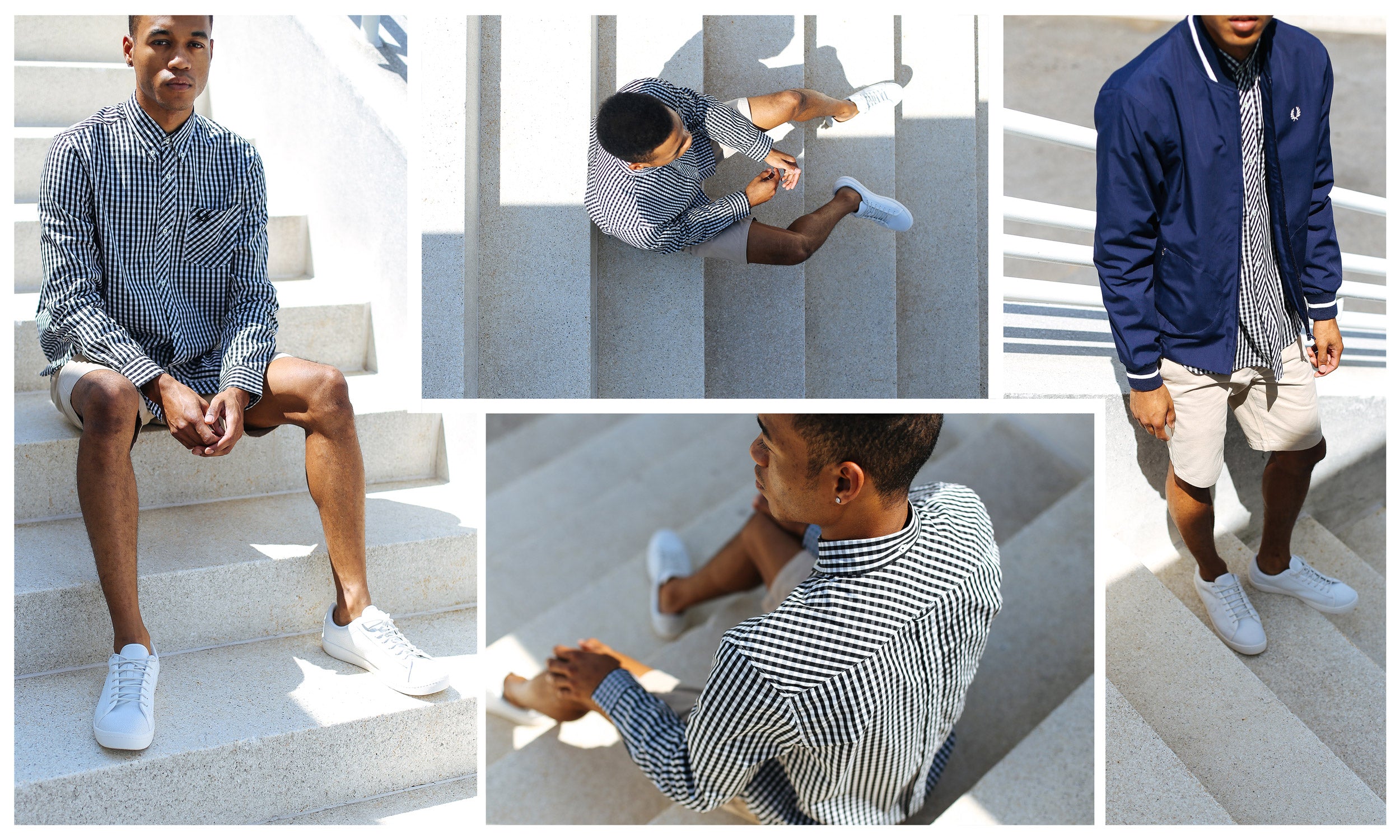

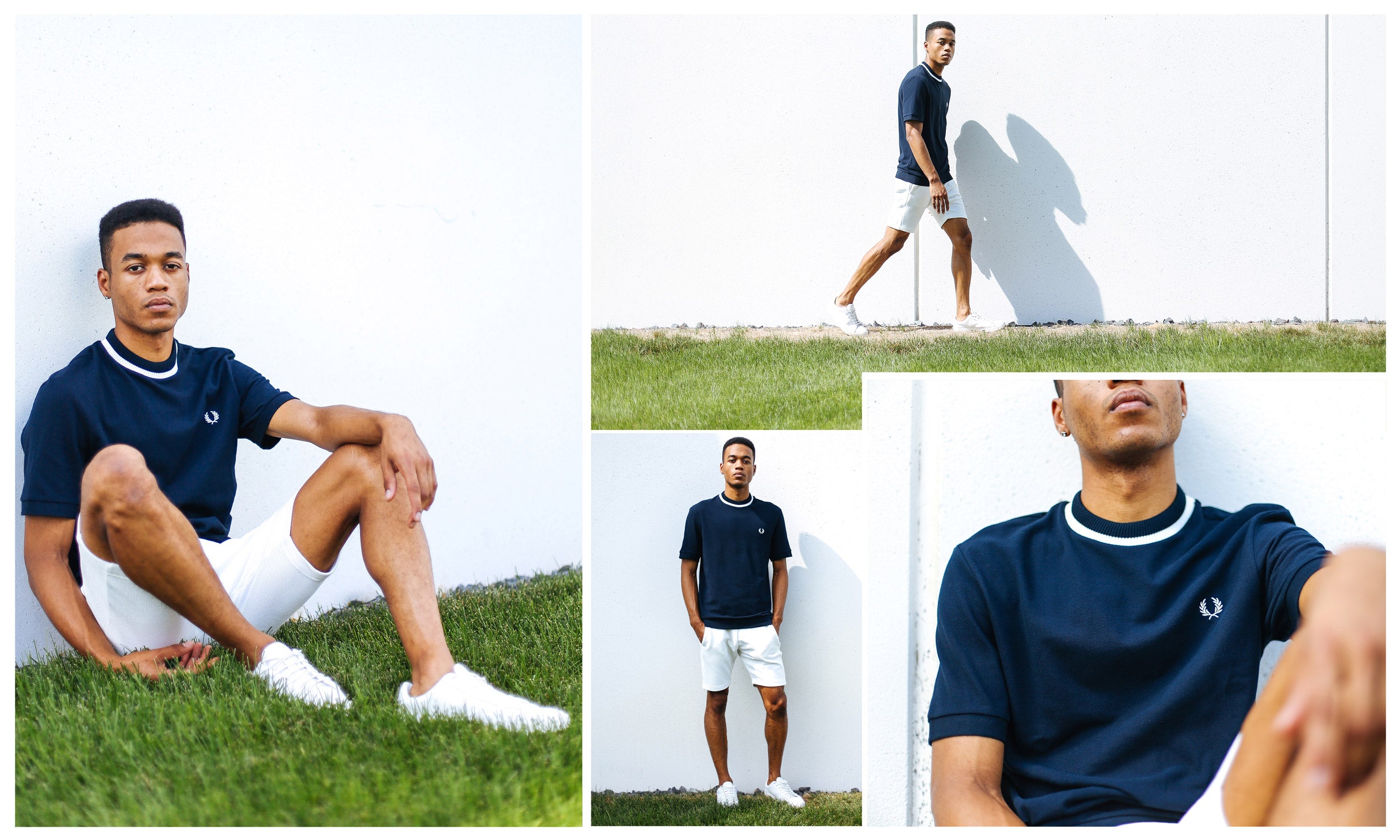

Photography + Post Production: Eric Zeller
Stylist: Ricky Orng
Model: Trey Hilson


